In May, Samsung launched the Galaxy S25 Edge, its thinnest phone ever, measuring just 5.8mm thick. It seemed like Samsung had started the ultra-thin smartphone war, and Apple immediately responded with the launch of the iPhone Air in September, which was just 5.6mm thick.
Due to their extremely thin design, both the iPhone Air and the Galaxy S25 Edge have modest batteries compared to other products currently on the market. The Galaxy S25 Edge has a 3,900 mAh battery, while the iPhone Air has a modest battery of only 3,149 mAh.
In return, the iPhone Air has a smaller screen (6.5 inches vs. 6.7 inches) and lower resolution than the Galaxy S25 Edge (2736 x 1260 vs. 3120 x 1440), which means it will consume less battery when used.

Compare configuration between iPhone Air and Galaxy S25 Edge (Click on image to see large size).
So between the iPhone Air and the Galaxy S25 Edge, which phone has longer battery life? YouTube channel PhoneBuff set out to find out.
To compare the battery life of the iPhone Air and Galaxy S25 Edge when running similar tasks, the PhoneBuff channel used two robotic arms to automatically activate the same functions and applications on these smartphone duo.
To ensure balance when comparing battery life, all smartphone models are fully charged to 100%, screen resolution set to the highest level, with a 120Hz screen refresh rate.
First, PhoneBuff put both smartphones through an hour-long call, but with the screen turned off, just like when you make a call on your smartphone. After the call ended, the battery on the Galaxy S25 Edge was down to 96%, while the iPhone Air was down to 98%.
Next, the smartphone duo will be used to send and receive messages continuously for an hour. As a result, the battery of both products will drop to 90%.
PhoneBuff then used the iPhone Air and Galaxy S25 Edge for common user tasks such as checking email, browsing the web, accessing e-commerce apps, social networks... with each of these tasks lasting for an hour continuously.
At the end of these processes, the iPhone Air's battery dropped to 65%, while the Galaxy S25 Edge had a battery level of 69%.
After the first battery consumption test, PhoneBuff will put these two smartphones on standby for 16 hours. After the standby time is over, the iPhone Air's battery consumption is 9% (the battery drops to 56%), while the Galaxy S25 Edge consumes 7% (62% battery left).

The iPhone Air's battery has dropped significantly after a 16-hour standby time (Photo cut from clip).
PhoneBuff then ran the pair through YouTube, gaming, Google Maps, Spotify, and Snapchat, each running for an hour before moving on to the next.
After running all the pre-prepared applications, the robot arm will relaunch these applications from the beginning, but instead of letting the application run continuously for an hour, the robot arm will automatically switch back and forth between applications until the smartphone's battery is completely drained.
In the end, the iPhone Air powered down first, with 25 hours and 58 minutes of continuous use (including 16 hours of standby time), of which the screen-on time was 9 hours and 58 minutes.
The Galaxy S25 Edge won, but by just a minute. Specifically, Samsung's super-thin smartphone had a continuous usage time of 25 hours and 59 minutes, of which the screen was on for 9 hours and 59 minutes.
Compare the battery of the super thin phone duo Galaxy S25 Edge and iPhone Air ( Video : PhoneBuff).
The results show that both Samsung and Apple have optimized battery life very well on their super-thin smartphone duo.
While the iPhone Air failed this test, the gap was only by a minute. With a smaller battery and thinner design, the new iPhone Air is arguably the device that shows better battery optimization.
Source: https://dantri.com.vn/cong-nghe/do-pin-cua-iphone-air-va-samsung-galaxy-s25-edge-may-nao-thang-20251001113427268.htm


![[Photo] Panorama of the 2025 Community Action Awards Final Round](https://vphoto.vietnam.vn/thumb/1200x675/vietnam/resource/IMAGE/2025/11/15/1763206932975_chi-7868-jpg.webp)


![[Photo] Prime Minister Pham Minh Chinh meets with representatives of outstanding teachers](https://vphoto.vietnam.vn/thumb/1200x675/vietnam/resource/IMAGE/2025/11/15/1763215934276_dsc-0578-jpg.webp)
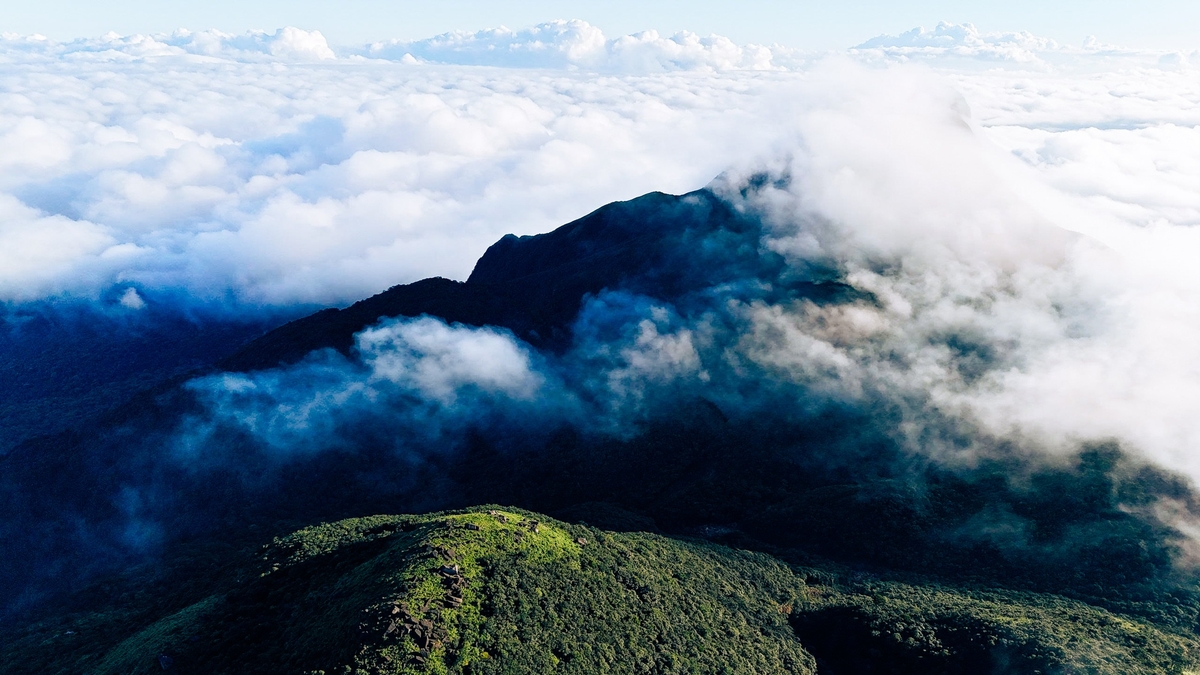
![[Photo] General Secretary To Lam receives Vice President of Luxshare-ICT Group (China)](https://vphoto.vietnam.vn/thumb/1200x675/vietnam/resource/IMAGE/2025/11/15/1763211137119_a1-bnd-7809-8939-jpg.webp)
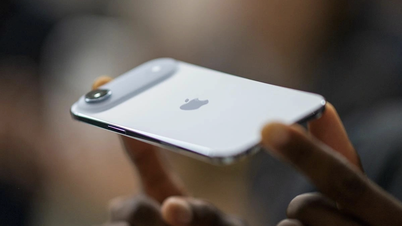
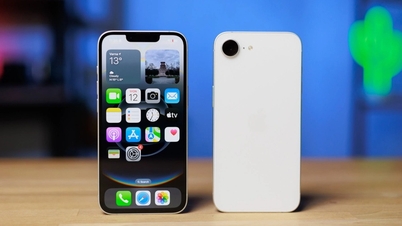
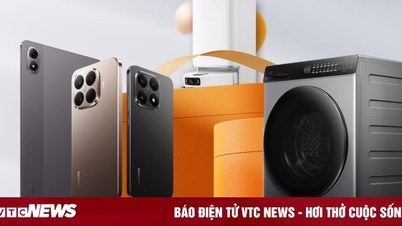

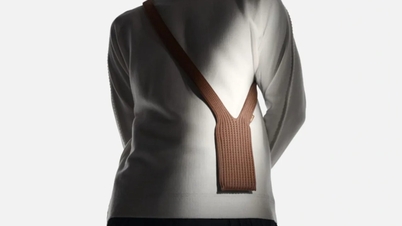

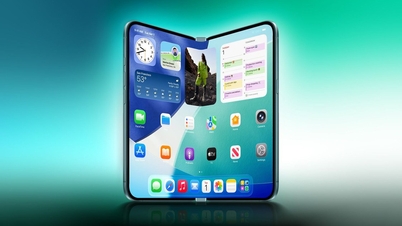

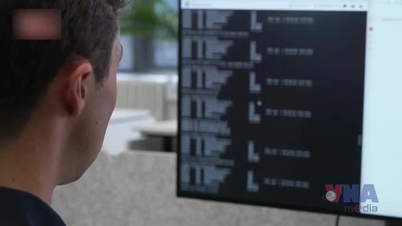

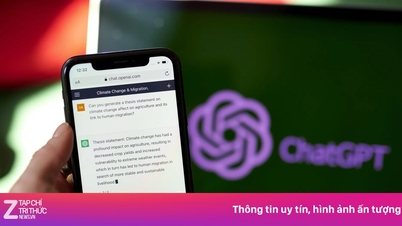

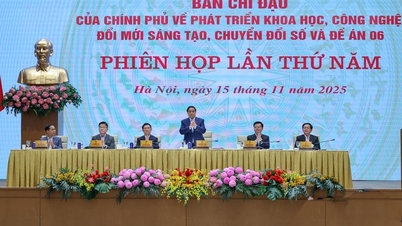



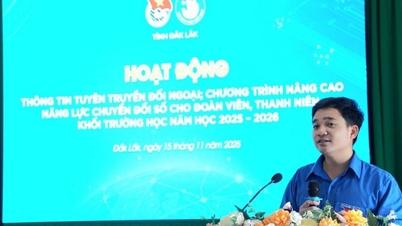




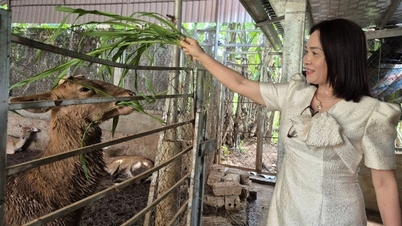
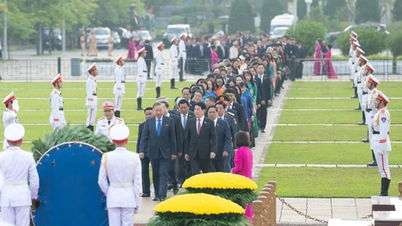
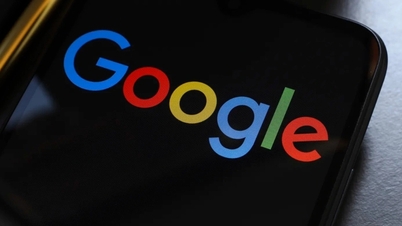
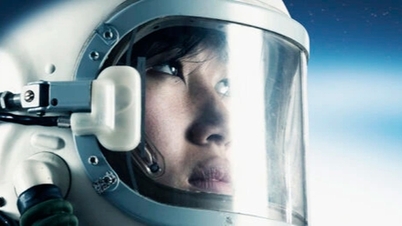

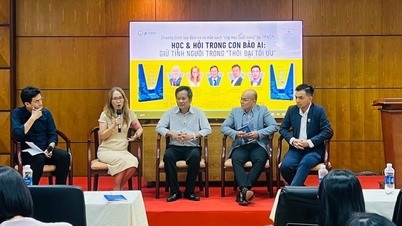


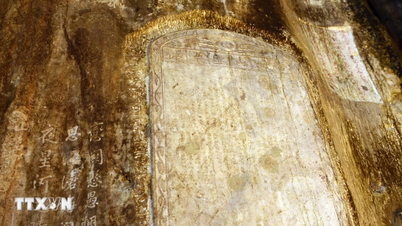









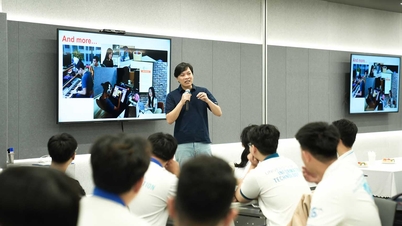




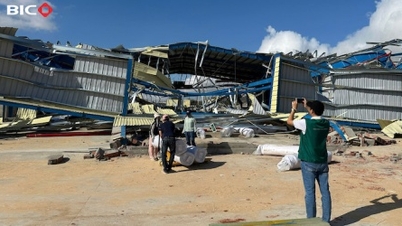




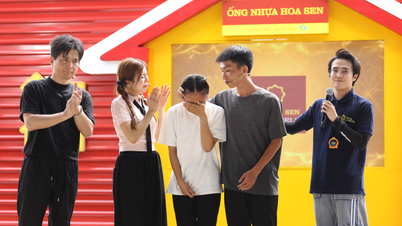










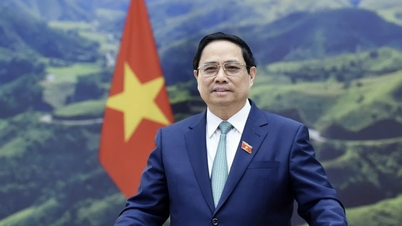

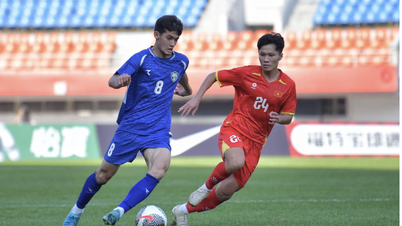

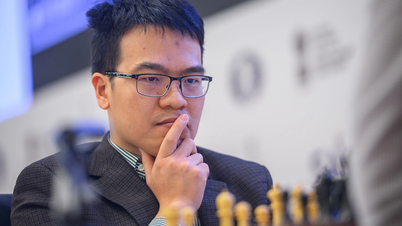

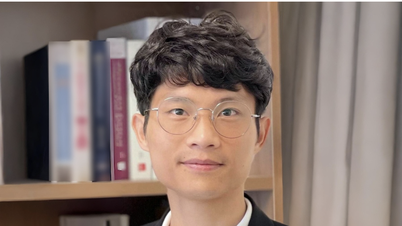

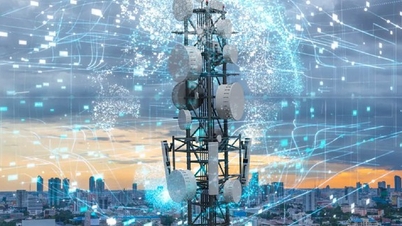




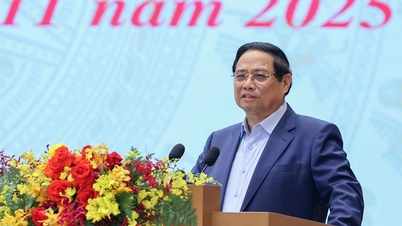
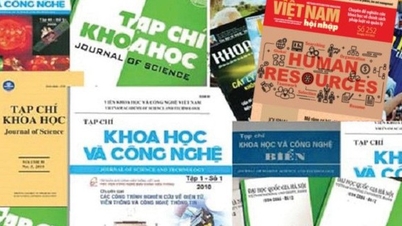
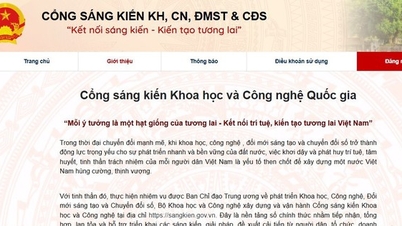









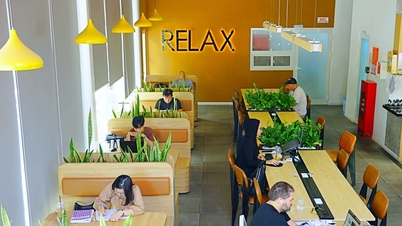

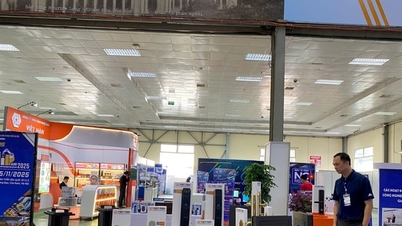

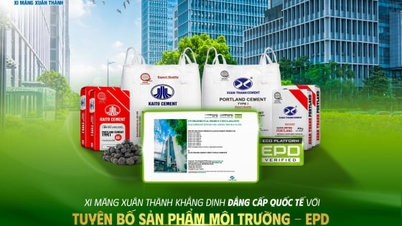
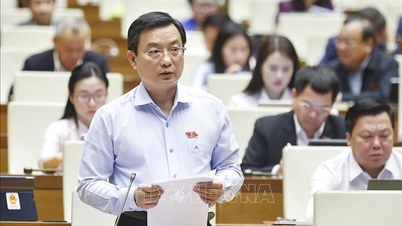





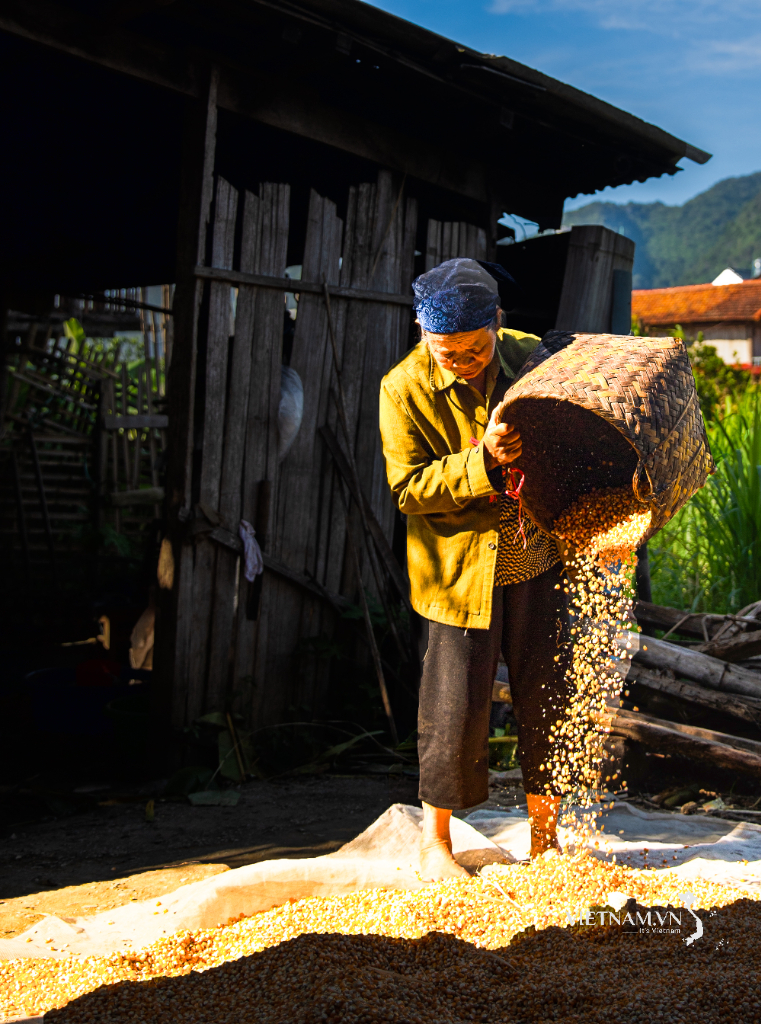

Comment (0)